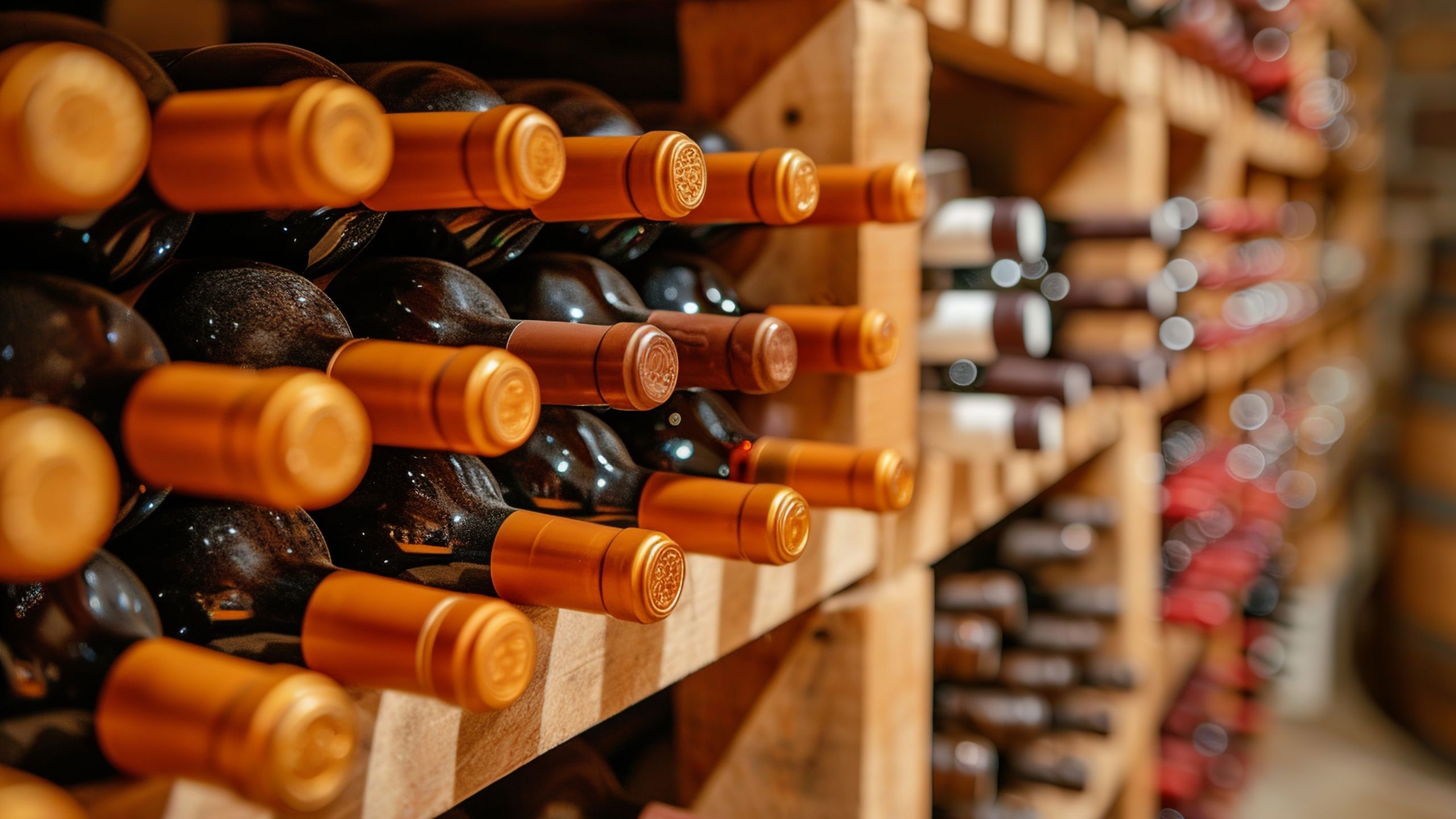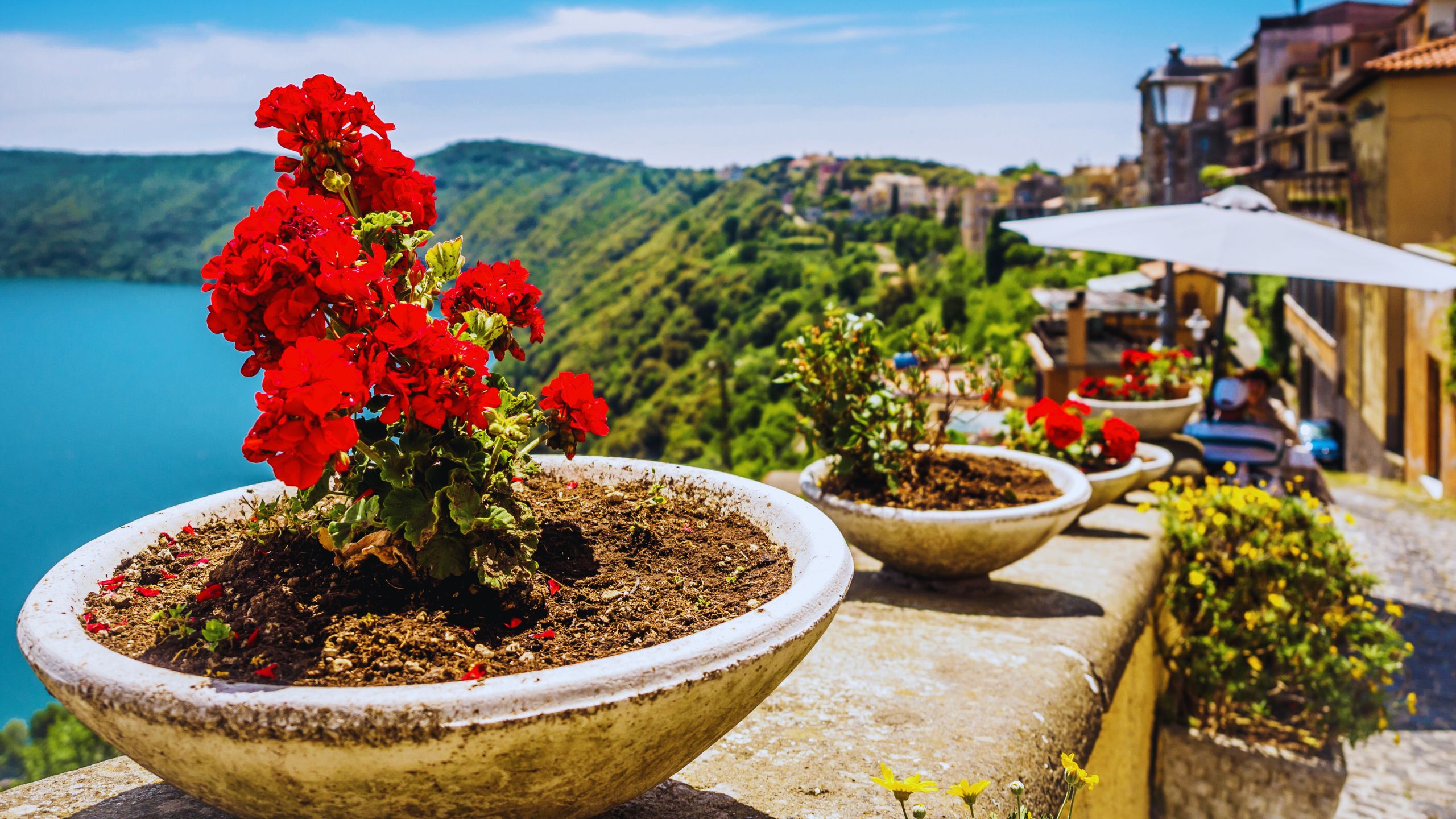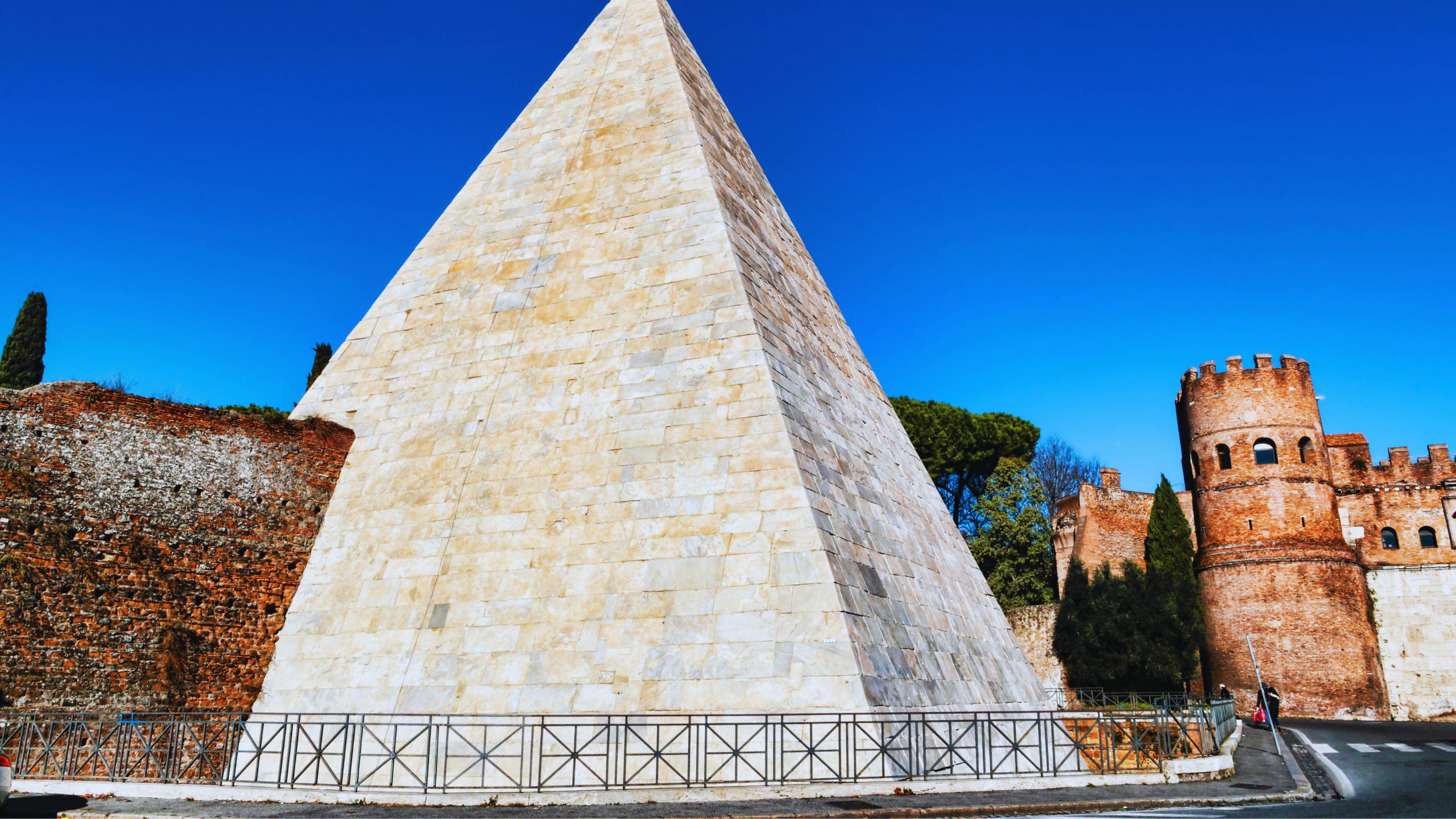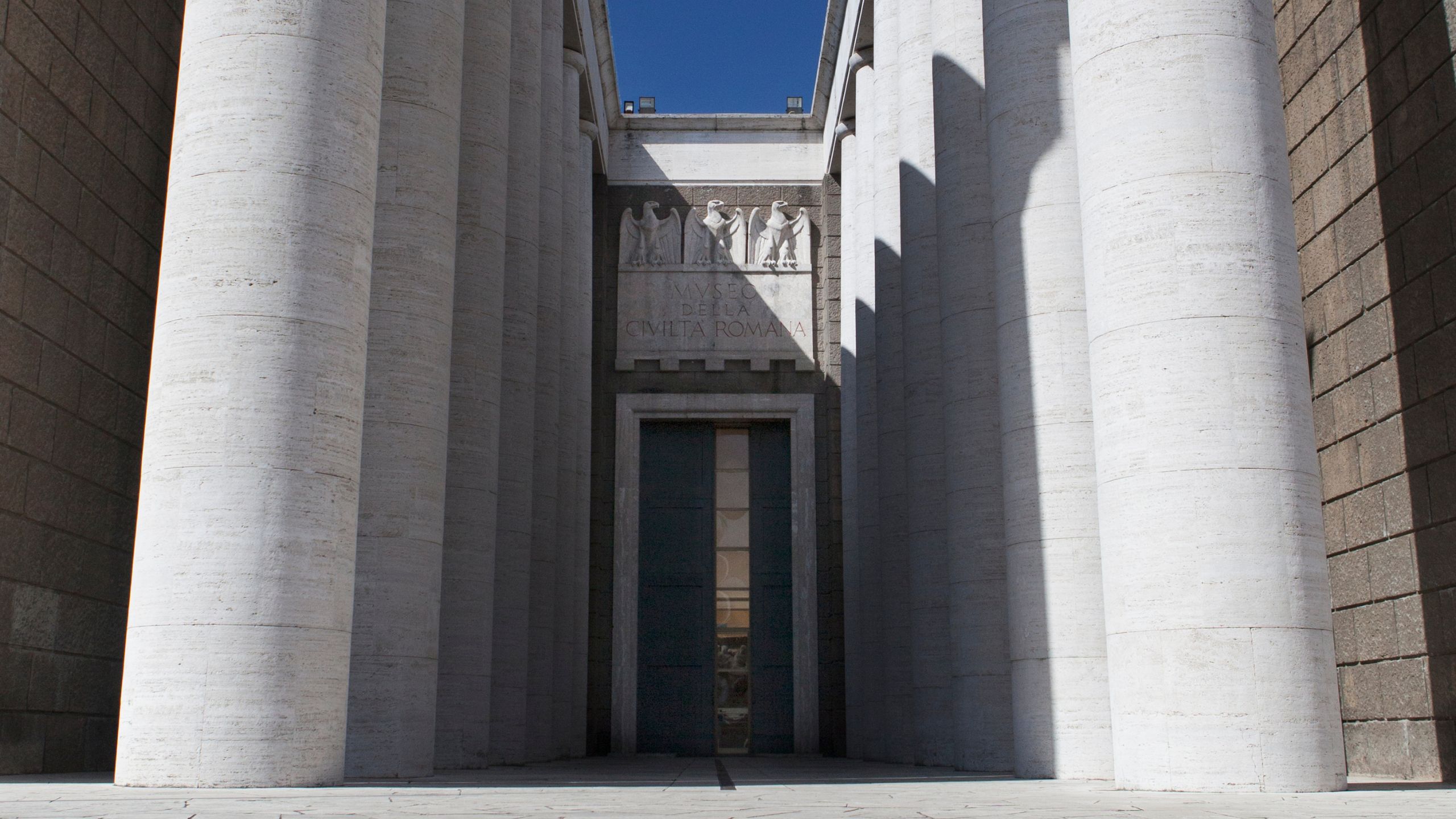Rome at the table: The Best Roman and Lazio Wines
There’s a unique way to truly discover Rome and its surroundings: tasting its wines. Beyond the Colosseum, beyond Trevi Fountain or Piazza Navona, if you want to grasp the authentic soul of the Eternal City, you must fill a glass and follow the aromas of the vineyards that embrace it. Lazio, often overshadowed by more famous wine regions, holds a winemaking tradition that stretches back millennia. The ancient Romans already celebrated Bacchus with local wines during their lavish banquets. Today, these wines still reflect the same volcanic soil, the same Mediterranean sun, the same culture of conviviality and simplicity.
A generous land of volcanoes, lakes, and rolling hills
The secret of Lazio’s wines lies in their geological origins: a soil rich in minerals, the legacy of ancient extinct volcanoes, giving wines their unmistakable freshness and savoriness. The gentle hills around Rome, the Castelli Romani, the Tuscia countryside, all the way to the Tyrrhenian coast, offer ideal microclimates for viticulture. Every area has its own identity: the Colli Albani, the Monti Lepini, Sabina, the coastal plains of Tarquinia. Each vineyard tells a different story, yet they all share a common thread: an unbreakable bond with history and local culture.
Wines not to miss: Roman and Lazio gems to discover
Among the white wines, Frascati DOCG is undoubtedly the most famous. Known as "the wine of the Popes", this blend of Malvasia and Trebbiano is fresh and aromatic, perfect for enjoying in the rustic taverns of Castelli Romani, perhaps alongside a plate of crispy porchetta or a classic cacio e pepe. On the red side, Cesanese del Piglio DOCG stands out as Lazio’s most important red wine. Full-bodied yet elegant, with notes of red berries and spices, Cesanese pairs beautifully with Roman roasted meats like abbacchio a scottadito or coda alla vaccinara. Another gem is Est! Est!! Est!!! di Montefiascone, a white wine whose legend tells of a German bishop marking the best taverns with “Est!” as a signal of excellent wine. Whether legend or truth, this light and pleasant wine is a perfect choice for an outdoor Roman aperitivo. Don’t miss the revival of Bellone, a native grape with mineral and savory nuances, and Malvasia Puntinata, aromatic and versatile. For more refined palates, Grechetto and Bombino bianco add to the region’s surprisingly rich white wine offer.
Wine and tradition: the authentic taste of Rome
In Rome, wine is never just a “side dish”. It’s a ritual, a reason to gather. From the small outdoor tables of Trastevere to the fraschette of the Castelli Romani, ordering a glass of local white wine is almost a badge of belonging. Here, wine is simple, honest, unpretentious: it speaks the language of the people. Alongside tradition, Lazio is experiencing a true wine renaissance. Young winemakers, small artisanal wineries, and passionate producers are reviving forgotten grape varieties and ancient methods, with an ever-growing focus on sustainability and quality. Strolling through Rome and stopping for a glass of Lazio wine means tasting the land itself, feeling its breath, imagining the vineyards climbing the hills, smelling the sun-warmed grapes.
Where to taste the best Lazio wines in Rome
You don’t need to go far to enjoy an authentic experience: in the historic wine bars of the city center and the more modern enotecas, Lazio wines take center stage. In Campo de’ Fiori, Monti, Testaccio, you’ll find locals ready to tell you the story behind each label. And then there are the fraschette of Ariccia, the osterias of Grottaferrata, the restaurants with lake views in Castel Gandolfo. In these places, every glass of Frascati or Cesanese is a toast to genuine Roman identity.
Lazio in a glass: an invitation to discover (and rediscover)
Tasting Roman and Lazio wines is a journey into the most authentic culture of the region. It’s not just about sipping a good white or an intense red: it’s about connecting with a generous land, rich in traditions, with people who pour their stories into every bottle, every shared meal. That’s why, if you’re planning a trip to Rome, you should take the time to raise a glass to Lazio. Between one monument and another, let the wine tell you the story of this land. Sip after sip, you’ll realize that Rome is not just to be seen: it’s to be savored.




